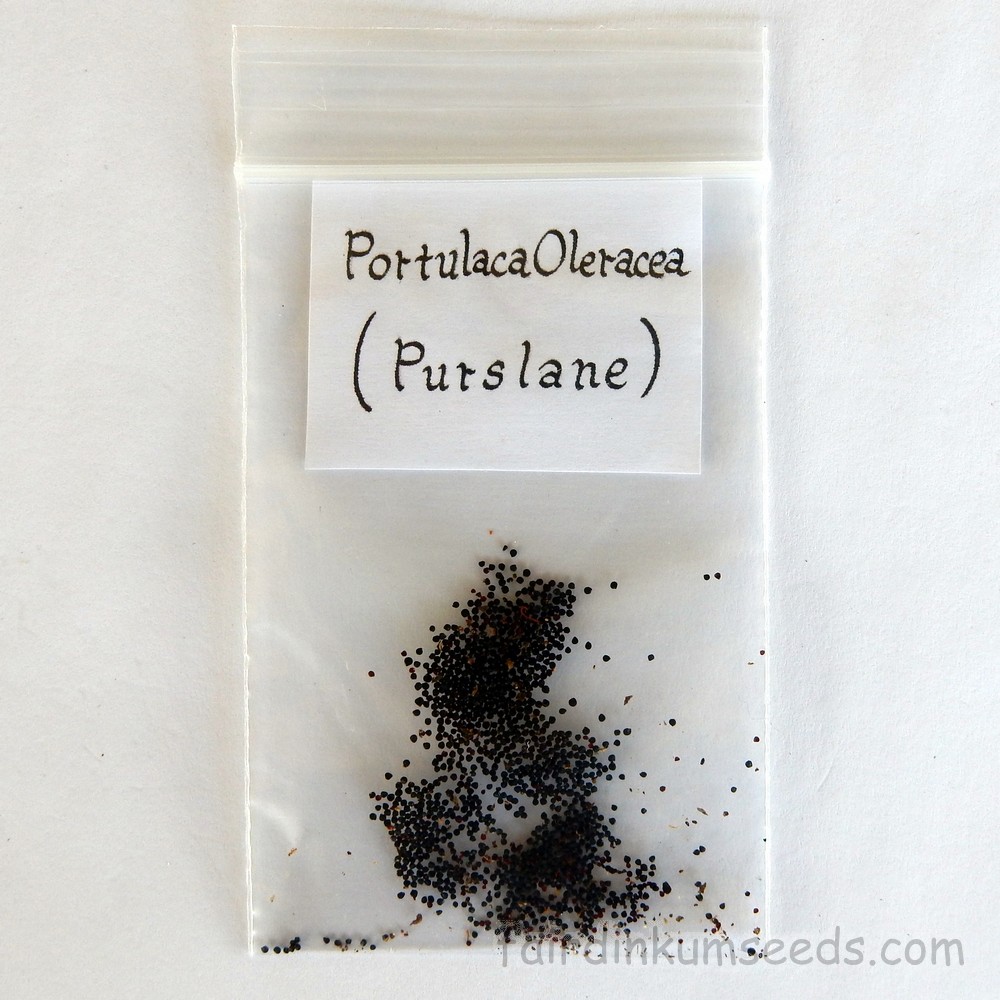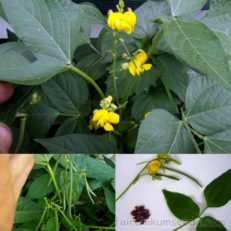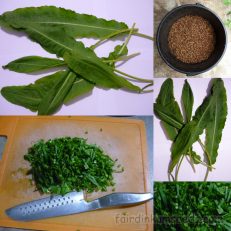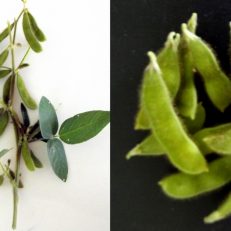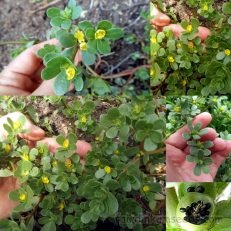Please read text!
Purslane Miners Lettuce Portulaca Oleracea Seeds
Packet of 250+ home grown seeds!
Super easy to grow plant that tastes great in salads, pastas, soups, salads everything!
Gives everything a bit of a lemony tang as well.
Super nutritious, perfect in tubs pots and planters and we grow it as a ground cover around all our tomatoes, vanilla, chillis and in gaps out in the rows. Reduces water loss, blocks the light stopping weed seed germination, and if the Kangaroos wallabies or Bettongs get into the rows they mostly eat it and leave the vegies alone, well if I get there quick enough…
We also eat a hell of a lot, but as its so prolific, the chooks and guinea pigs get the majority!
The internet tells me that Purslane contains more Omega-3 fatty acids (alpha-linolenic acid in particular) than any other leafy vegetable plant and has 0.01 mg/g of Eicosapentaenoic acid (EPA). This is an extraordinary amount of EPA for a land based vegetable source.
EPA is an Omega-3 fatty acid normally found mostly in fish, some algae and flax seeds. It also contains Iron, Calcium, Potassium, Magneseum and Vitamin A, Vitamin C, and some Vitamin B and carotenoids.
Even better it has two types of betalain alkaloid pigments, the reddish betacyanins (visible in the coloration of the stems) and the yellow betaxanthins (noticeable in the flowers and in the slight yellowish cast of the leaves).
Both of these pigment types are potent antioxidants and have been found to have antimutagenic properties in laboratory studies.
100 grams of fresh purslane leaves (about 1 cup) contain 300 to 400 mg of alpha-linolenic acid. One cup of cooked leaves contains 90 mg of calcium, (Eating 5 sprigs 10cm long of purslane, provides over 550mg of calcium! There are not many leaf crops providing this much!) 561 mg of potassium, and more than 2,000 IUs of Vitamin A!
Australian Aboriginals have collected the tiny black seeds to mix with water and cook into cakes in hot ashes for millenia.
Its super tough once established, growing as a thick, mat-like ground cover with succulent stems, often with a red tinge; oval, succulent leaves, 1-3cm long, develop in clusters at stem nodes; small yellow flowers set at the nodes and ends of stems. Seed capsules are small, peaked cones, full of tiny black seeds, the size of fine sand. Each plant has potential to produce thousands of seeds and they can remain viable for more than 7 years.
Purslane grows without any help in sun or shade, in any soil and climate, without fertiliser or reliable rainfall. (I dont bother looking after ours at all and it thrives.)
Apparently, “Purslane has a cooling effect on the body, and its high alkalinity is helpful in alleviating acidic stomachs and various other ailments stemming from acidic or toxic conditions, and Dr Artemis Siopoulious asserted, that purslane leaves are a rich source of alpha-linolenic acid (LNA), the omega-3 form, highlights how valuable the plant can be in our daily lives. This plant can supply us with a backyard source of omega-3 essential fatty acid (EFAs) to add to our daily diet. Researchers have found that omega-3 helps provide protection from cancers and regulates the metabolism: correcting blood pressure, cholesterol and triglycerides. A recent TV presentation on the EFAs highlighted purslane, and the benefits of EFAs to the cardiac, immune and nervous systems; also for the brain, and for memory recall. EFAs nourish the body at the very foundation of health, the cellular level. EFAs strengthen cell membranes and help fortify against the invasion of harmful micro-organisms. EFA’s also help dissolve body fat, reduce cravings for sweet and fatty foods.”
Our chooks love it as do the guinea pigs and studies suggest that when fed to sheep, goats and cows, it increases their milk production dramatically.
Anecdotal evidence suggest it works the same for humans.
Purslane is considered as a tonic to the liver, the intestines and the whole body, it is an ancient Chinese herb for longevity. The plant contains high levels of dopamine, a natural anti-depressant, which has been found of real advantage for strengthening the pituitary gland and treating Parkinson’s Disease and other shaking disorders.
Even King Henry VIII (1491-1547) valued it for relieving the symptoms or gout and an enlarged prostrate!
Grown by us organically, no nasties, no chems, no problems!!!

